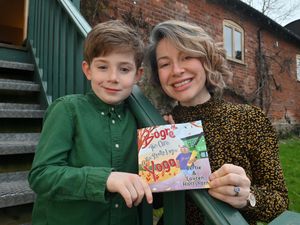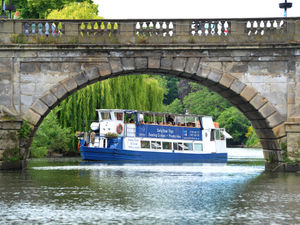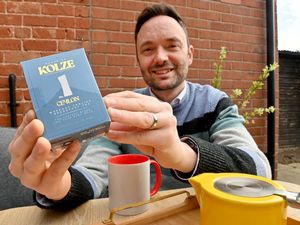Guy Fawkes: The Dudley property at the heart of the gunpowder plot
Remember, remember, the Fifth of November, gunpowder treason and plot. I see no reason why gunpowder treason should ever be forgot.”
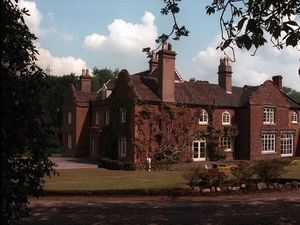
So says the traditional rhyme we all learned to recite at school.
But this 17th century plot that saw Guy Fawkes and his co-conspirators thwarted in their efforts to blow up parliament and murder King James I was actually closer to home than many may realise.
It was at Holbeche House in Wall Heath, near Dudley, where many of the plotters made their last stand – just down the road from Himley Hall where a bonfire and fireworks display is taking place tonight. The fugitives had taken shelter in the mansion, owned by Stephen Lyttelton, after fleeing London following the arrest of 35-year-old Fawkes.
As written in the history books, he had been found in a cellar under Westminster guarding 36 barrels of gunpowder – enough to reduce the House of Lords to rubble – where he was poised to set off the fuse and was arrested.
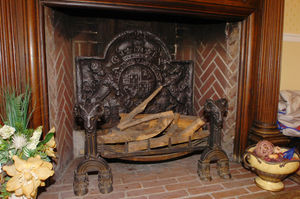
Knowing Fawkes had been captured and their plot to kill the Protestant king discovered, they went on the run, arriving at Holbeche House where they had been offered a hiding place.
But the Sheriff of Worcester and his band of armed men were in hot pursuit of the gang and their arrival in Wall Heath prompted a bloody gunfight to break out on November 7, 1605.
Robert Catesby, the leader of a group of provincial English Catholics who planned the ill-fated operation against a background of religious and political divisions, and co-conspirator Thomas Percy, were killed in the shoot-out.
It is said that bullet holes can still be seen in the walls of the grade 2-listed Jacobean period property, which is now a nursing home but still retains many original features such as the oak panelling and fireplaces, today.
Historian John Sparry has lived in Wall Heath for all of his life so has grown up with stories of this significant event in British history, which has also been featured in the BBC’s three-part series Gunpowder due to conclude tonight.
“It’s a very important part of our history. We will never really know exactly what happened because we only have the Government’s side of the story due to the instigators being killed or tortured in awful ways.
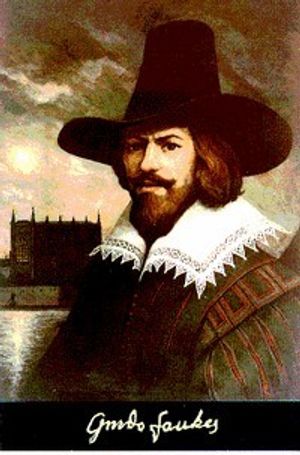
“What we do know is that Holbeche House was where there was a showdown and it led to Robert Catesby, aged 31, and Thomas Percy, the oldest man in the plot, both being shot dead with a musketball,” explains John.
Brothers John Wright and Christopher Wright also met their maker at Holbbeach. While Thomas Wintour was shot in the shoulder and captured but his brother Robert fled and evaded arrest until January 1606.
Thomas Bates, was employed as a servant to Catesby’s family, also went on the run but was captured and John Grant was arrested as forces besieged the house after being blinded.
Robert Keyes was captured several days later in Warwickshire, Ambrose Rookwood was imprisoned in the Tower of London after being caught at Holbeche, Sir Everard Digby managed to evade officials for a while longer but was eventually arrested along with Francis Tresham, who had remained in the city.
Those that were captured at Holbeche or arrested in the days and months that followed were convicted at their trial and sentenced to be hanged, drawn and quartered.
While Fawkes, whose effigy is burned on the bonfire every November, fell to his death from the scaffolding on which he was to be hanged.
He had been horribly tortured but is reported to have held out for two days before telling the authorities about his accomplices.
Those who had offered the men refuge didn’t fare very well either after their roles were uncovered. Lyttelton was regarded as a prominent figure in the catholic community in the Midlands and was the grandson of Sir John Littleton, who purchased the manor of Clent and Kingswinford Parish in the mid-16th century.
He was eventually arrested for giving assistance to the conspirators and joining them in open rebellion
“He was taken in after a month or two on the run, going from farm to farm, and was eventually executed in Stafford. The house was then taken over for the King,” explains Mr Sparry, who regularly gives talks on the Gunpowder Plot.
Two farmers Thomas Smart and John Holyhead, both from Rowley Regis, who had helped to shelter two of the runaways, met a gruesome end at High Green, now Queen Square, in Wolverhampton where they were executed.

Parliament met in January 1606 and passed the Thanksgiving Act, which made services and sermons commemorating the plot a regular annual feature each November 5.
The tradition grew of marking the day with the ringing of church bells and bonfires. At first there was a custom of burning effigies of the Pope, or the devil.
But after the removal of the laws against Catholic worship it was Fawkes who usually replaced the Pope as the figure burned on the November 5 bonfires.
As it’s always his name we hear at the time of year, it’s often believed that he was the ringleader of the plotters but this wasn’t the case.
“Guy Fawkes was not the mastermind behind the plot. He was employed by these gentlemen. In reality the ringleader was Robert Catesby.
“In my opinion, Fawkes became the figurehead because he was the one found at Parliament and was taken to be tortured in the Tower of London. These times were awful so it wouldn’t have been very pleasant for him. They had terrible ways of torturing people for information.
“He wasn’t considered a gentlemen like some of the other men so it was easier to blame him.
“The government encouraged it because they wanted the public to have an enemy and it took the pressure off the government,” says John.
“Holbeache House and the A449 that runs past it played an important part in this story so it’s important that it’s remembered.”
By Heather Large

